
Articles from Michele W. Berger

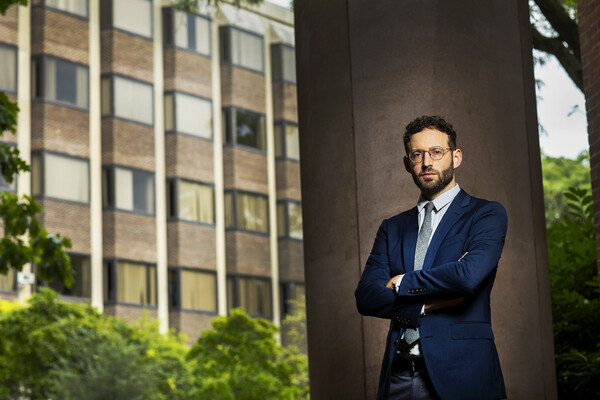
Daniel Aldana Cohen directs the Socio-Spatial Climate Collaborative and is an assistant professor in the Department of Sociology in the School of Arts & Sciences.
The striking shift in climate politics in a post-Sandy New York City
 Morgan Hoke is an assistant professor in the Department of Anthropology and an Axilrod Faculty Fellow in the Population Studies Center in the School of Arts & Sciences at the University of Pennsylvania. She has worked at a field site in rural Nuñoa, Peru, since 2012.
Morgan Hoke is an assistant professor in the Department of Anthropology and an Axilrod Faculty Fellow in the Population Studies Center in the School of Arts & Sciences at the University of Pennsylvania. She has worked at a field site in rural Nuñoa, Peru, since 2012.
Pizza, a nascent dairy industry, and infant health in the Peruvian highlands
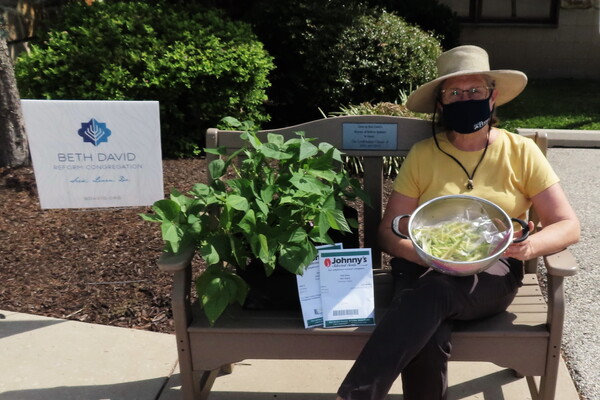
Inspired to make her synagogue community more sustainable, Jane Horwitz of the Science Outreach Initiative helped congregants grow green beans for distribution to a local food pantry. (Image: Courtesy of Jane Horwitz)
Side Gigs for Good endure amid a pandemic

A data-driven approach to understanding domestic violence during the pandemic
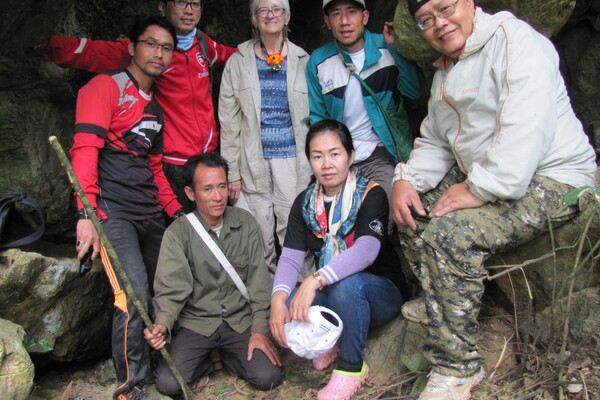
Penn archaeologist Joyce White (center) has been working in Laos since 2001 with teams like the one shown here. Discovering evidence of a 1,000-year drought in a Laos cave was unexpected, she says, but does answer some questions about the Middle Holocene, a period she’d previously described as the “missing millennia.” (Pre-pandemic image: Courtesy of Joyce White)
Southeast Asian megadrought dating back 5,000 years discovered in Laos cave
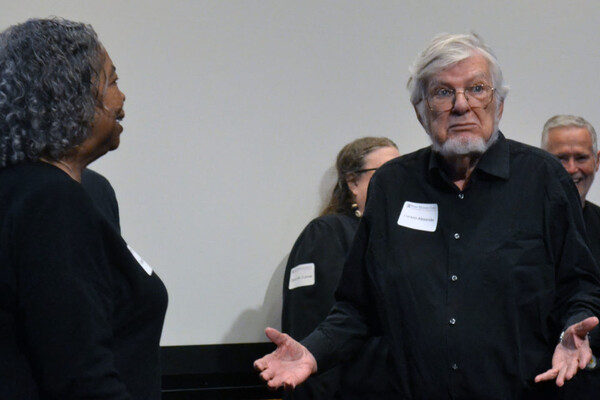
Much like in traditional improv, participants in the Penn Memory Center’s Cognitive Comedy play off of each other, running scenes or throwing each other imaginary balls of varying sizes, for example. Though some facets changed as the sessions went virtual, the program remains well-loved and well-attended. (Pre-pandemic image: Terrance Casey)
An improv class that enriches the mind and soul, even remotely
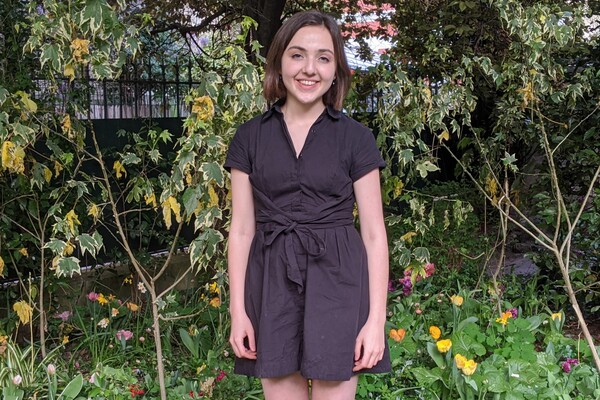
Like many Penn students who are part of the Huntsman Program in International Studies & Business through the Wharton School and School of Arts & Sciences, rising junior Julia Mitchell opted to go abroad for a semester this past spring. Despite a change in plans due to the pandemic, Mitchell immersed herself in the culture and language of France. (Image: Courtesy Julia Mitchell)
Experiencing the pandemic from abroad

Rebecca Waller, an assistant professor of psychology, studies antisocial behaviors and parent-child interactions.
Brain scans of 9- to 11-year-olds offer clues about aggressive, antisocial behavior
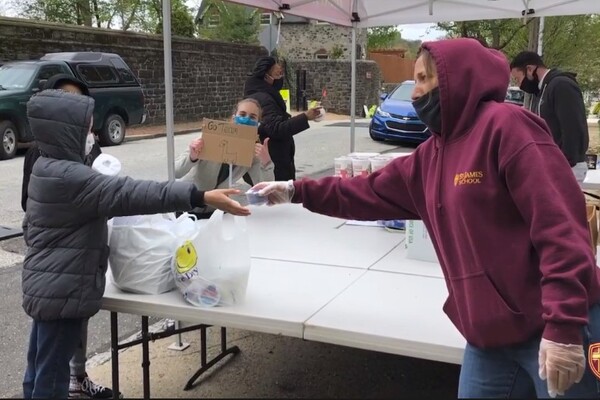
As the pandemic hit, recent grad Alexandria Brake (holding “Go Team” sign) and colleagues at the St. James School in North Philadelphia began distributing groceries and other supplies to students and their families. (Image: Courtesy of Alexandria Brake)